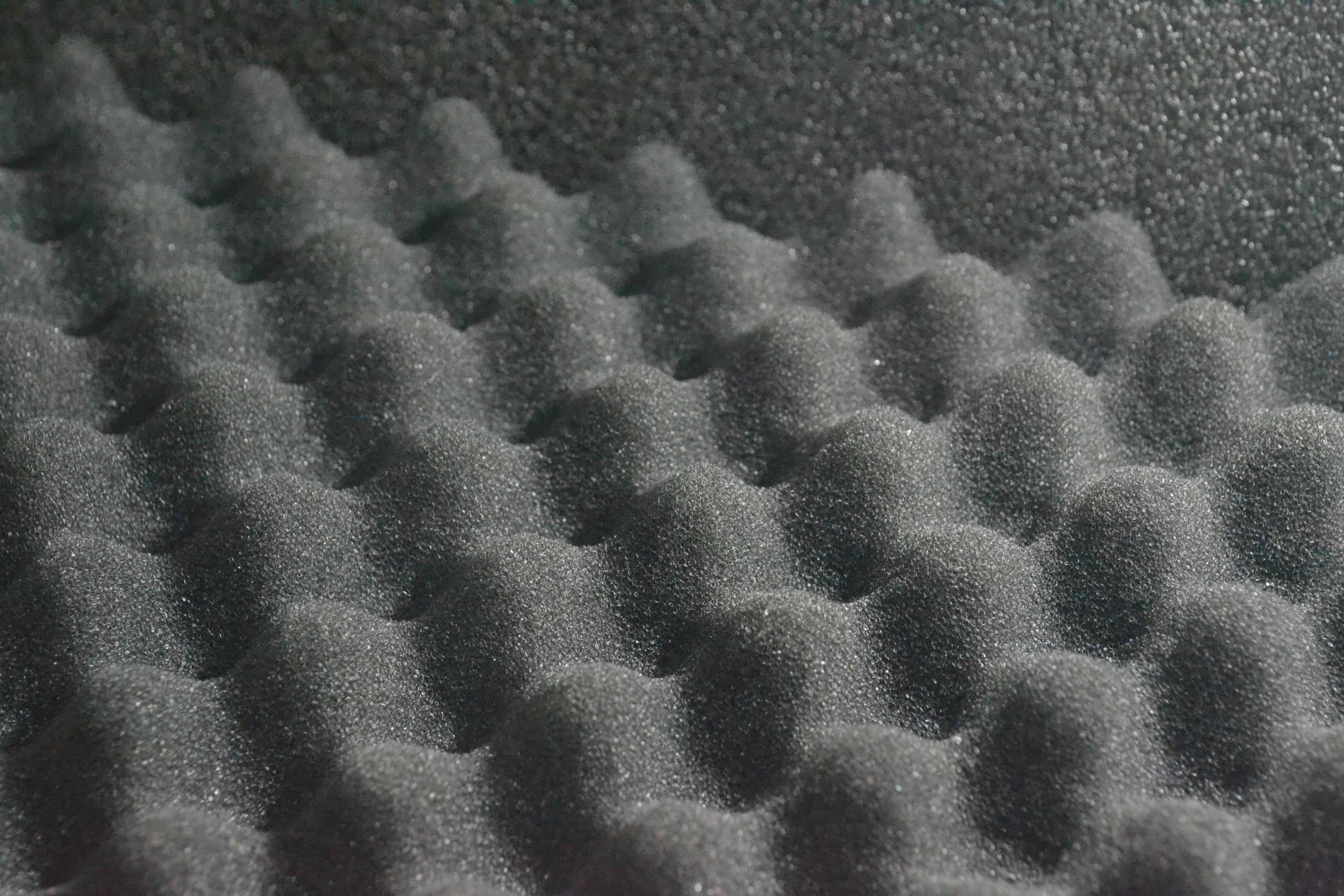

How to Use Acoustic Panels to Enhance Your Home Recording Studio
If you’re serious about your music, then you need a professional-grade recording studio. But not everyone can afford to rent out a soundproof studio every time they want to record something. The good news is that you can create your own home recording studio using acoustic panels!
What are acoustic panels and what do they do for a home recording studio?
Acoustic panels are sound absorbing panels that are used to improve the sound quality of a room. They help to reduce echoes and reflections, making the room sound more “dead” and less reflective. This results in a better sounding recording environment, as there is less reverb and ambient noise to deal with.
They can be made from a variety of materials, such as fiberglass, foam, or wool. They are usually mounted on the walls or ceiling of the room, or they can be placed behind the speakers to help absorb sound waves before they reflect off of the wall.
The benefits of using acoustic panels in your home recording studio
There are a few key benefits to using acoustic panels in your home recording studio. First, acoustic panels help to control the reverb in the room, which can make it sound more spacious and natural. Second, they help to reduce noise pollution, which is especially important when you’re trying to get a clean vocal or instrument track. Third, they can help to improve your overall sound quality by preventing reflections and echoes from occurring within the room.
If you’re looking for an affordable way to improve the sound quality of your home studio, then acoustic panels are definitely worth considering. They come in a variety of shapes and sizes, so you can find one that will perfectly fit your needs and budget.
How to install acoustic panels in your home recording studio?
There are a few different ways to install acoustic panels in your home recording studio. One way is to use adhesive to attach the panels to the walls. You can also screw the panels into place. Another option is to suspend the panels from the ceiling with cables or hooks.
The best way to determine how to install the acoustic panels in your studio is to measure the size of each panel and then map out where you want them placed. You’ll also need to decide if you want them placed flat against the wall or if you want them angled towards the center of the room.
The different types of acoustic panels available on the market
There are a few different types of panels available on the market. The most common type is the fiberglass panel, which is made of fiberglass insulation that has been sandwiched between two pieces of wood. These panels are effective at reducing noise, but they can be quite heavy and expensive.
Another type of panel is the foam panel, which is made of polyurethane foam. This type of panel is lightweight and affordable, but it doesn’t absorb as much sound as the fiberglass panels.
Finally, there are also fabric-covered panels that are made of either foam or fiberglass. These panels are lightweight and affordable, and they also look nice in rooms.
Tips for getting the most out of your acoustic panels in your home recording studio
- Place the panels in areas where the sound is bouncing around the most, such as corners and behind doors.
- Make sure to position the panels so that they’re facing the right direction – towards the sound source.
- Experiment with different placements to find what works best for your studio.
- Keep in mind that acoustic panels are not a substitute for soundproofing – they will only help to reduce echo and reflections.
Image Credit: Chlod Alejandro via Wikimedia Commons | License: Attribution-ShareAlike 4.0 International (CC BY-SA 4.0)


- Arodes cover Interview
- Armin van Buuren: Breathing In [Exclusive Interview]
- Ibiza 2024: What To Expect
- Burak Yeter: A Day In Space [Exclusive]

